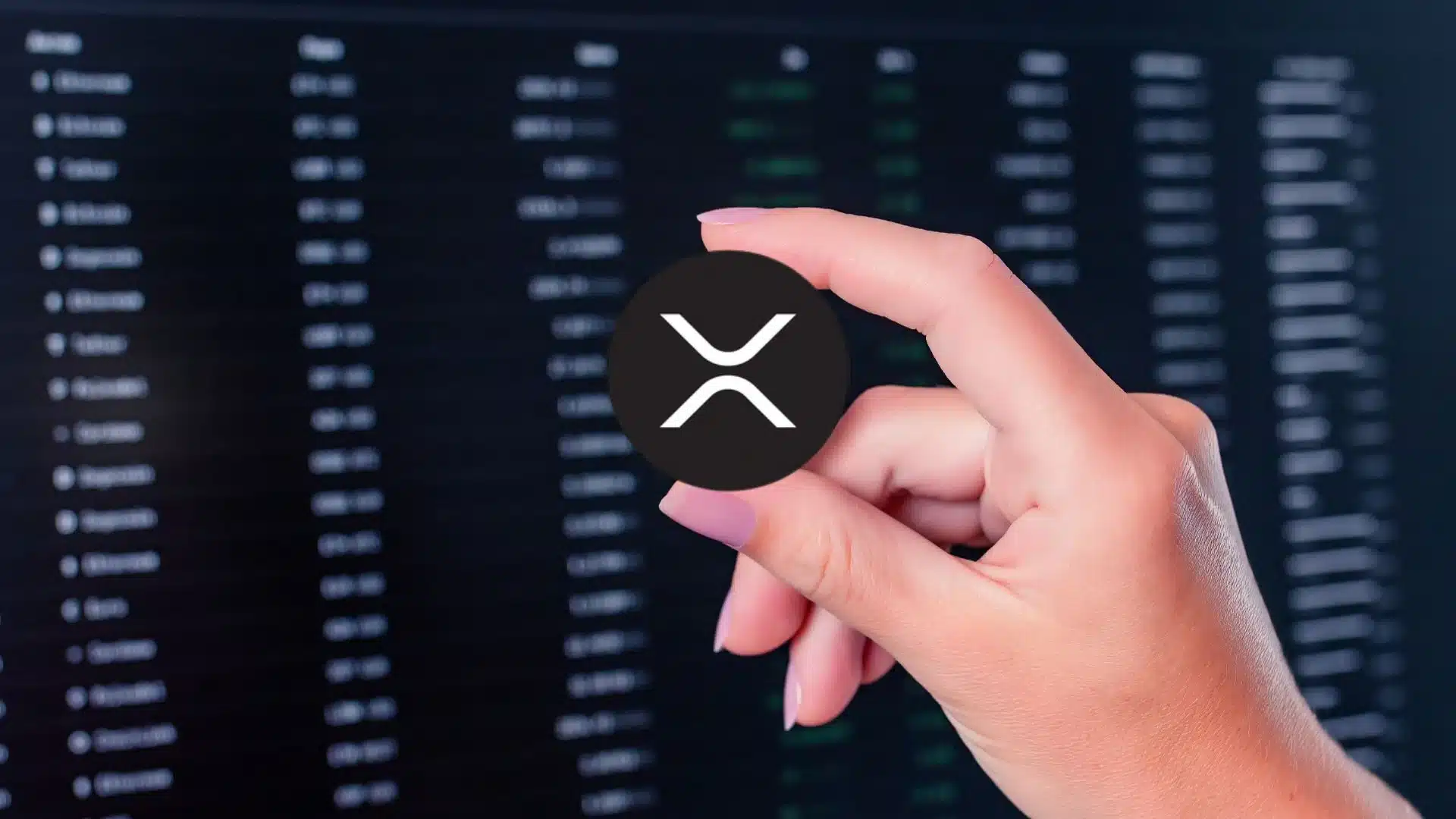- XRP’s potential in global finance may surprise many observers.
- Ripple’s stablecoin integration could reshape traditional financial systems globally.
- XRP’s evolving partnerships signal major changes in financial infrastructure soon.
Ripple’s XRP continues to capture attention in the financial world, but according to an expert, many are missing a critical piece of the digital asset’s future. Armando Pantoja, a popular crypto investor, suggests that XRP’s real potential is being overlooked, with several key factors aligning to position it as a game-changer in the global financial system.
One of the key developments, according to the expert, is XRP’s potential involvement with the Digital Transaction Clearing Corporation (DTCC), which handles $2-4 quadrillion in annual settlements. This could play a pivotal role in making XRP a vital tool for large-scale financial transactions across the globe.
Also Read: Massive XRP Alert: Here’s How Much XRP Evernorth Has Accumulated
XRP’s Role in Financial Infrastructure Expansion
Ripple’s stablecoin, managed under the custodianship of BNY Mellon, holding $53 trillion in assets, further solidifies XRP’s growing influence. The backing of such a prominent financial institution suggests that XRP could soon be integrated more deeply into traditional finance systems.
$XRP endgame that most are missing…. pic.twitter.com/l3PIEedWhM
— Armando Pantoja (@_TallGuyTycoon) October 23, 2025
Furthermore, XRP’s incorporation of the DNA Protocol, which supports biometric and genomic identity verification, adds a layer of security to the digital currency ecosystem. According to Pantoja, this could enable more secure and efficient financial transactions worldwide.
Government policies, particularly the Clarity Act, are also expected to provide crucial regulatory backing for blockchain technologies like XRP. According to the expert, with federal access potentially granted through the Federal Reserve’s Master Account, XRP may be positioned to become a key player in the U.S. financial sector.
ISO 20022, ETFs, and Regulatory Shifts
Moreover, the continued adoption of the ISO 20022 standard, which aims to streamline financial messaging, could further cement XRP’s role in cross-border payments. As this standard expands, XRP could seamlessly integrate with global banking networks, enhancing its utility.
Additionally, over 20 spot XRP exchange-traded funds (ETFs) filings underscore increasing institutional interest in the digital asset. This move could provide wider access to XRP, further enhancing its credibility as a legitimate investment asset.
With Ripple’s recent acquisition of a bank license under a New York charter, XRP is rapidly becoming embedded in the broader financial infrastructure. The expert believes that this convergence of factors is shaping XRP’s future, though its full impact has yet to be realized. These developments suggest that XRP is aligning with critical financial systems in ways that many are overlooking.
Also Read: Ripple to White House: New Trump List Excites XRP Army

